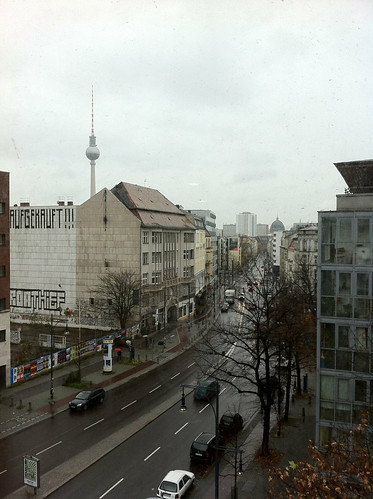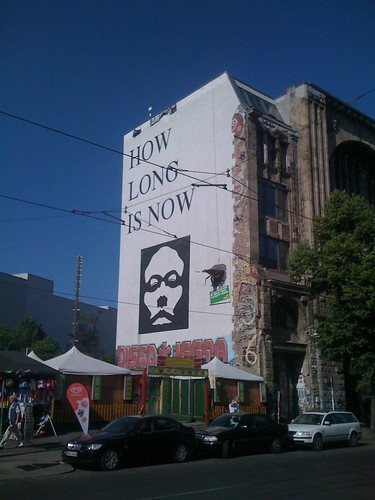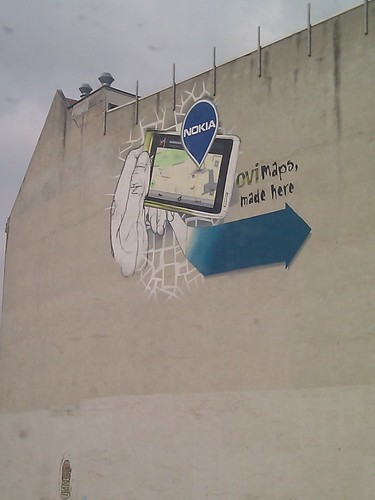Farewell Ovi, Nokia And HERE; It's Time To Open The Next Door
This may be a personal foible but when I join a new company I mentally set myself two targets. The first is what I want to achieve with that company. The second is how long it will take to achieve this. If you reach the first target then the second is a moot point. But if the first target doesn't get reached and your self allocated timescale is close to coming to an end, then it's time to take stock.
Sometimes you can extend that timescale; when reaching your achievement target is so so close and you can be happy to stretch those timescales a little. Sometimes though this just doesn't work, not necessarily for any reason of your own making. Large companies are strange beasts and a strategic move which is right for the company may not align with your own targets and ideals.
In 2010, I left the Geo Technologies group at Yahoo! and departed from a very Californian large company to take up a new role with a very Finnish large company called Nokia. Though Nokia started life as the merger between a paper mill operation, a rubber company and a cable company in the mid 1800's, by the time I joined Nokia it was best known for mobile and smart phone handsets and the software that makes these ubiquitous black mirrors work.
In addition to mobile data connectivity, apps and GPS, one of the things that defines a smartphone is a maps app and the suite of back-end platforms that drive that app as well as all of the other APIs that enable today's smartphone location based services. Just as TomTom acquired digital map maker Tele Atlas in 2008, Nokia had acquired rival maps provider NAVTEQ in 2007, putting in place the foundations for Nokia's maps and turn-by-turn navigation products, part of the company's Ovi brand of internet services.


